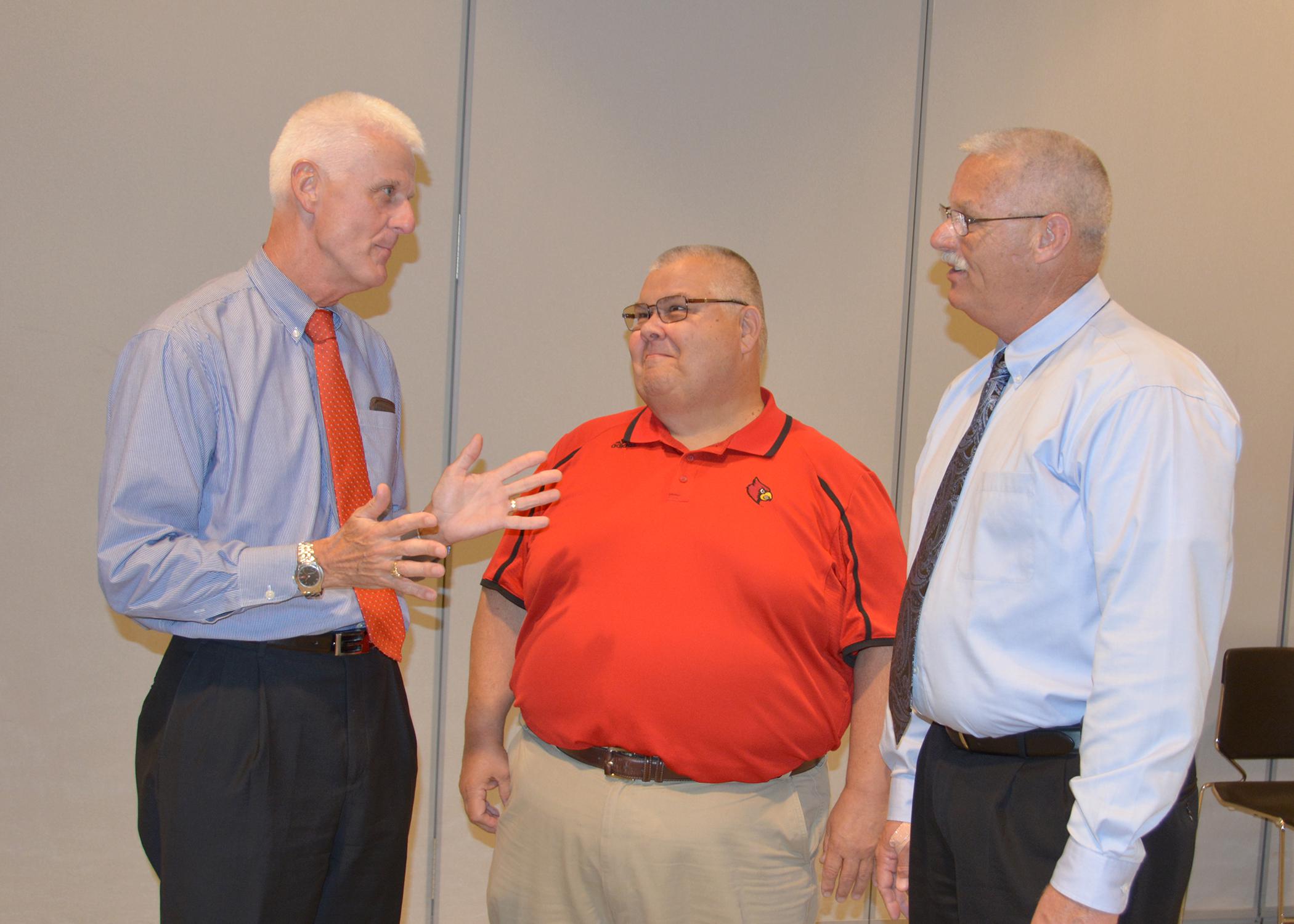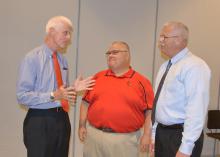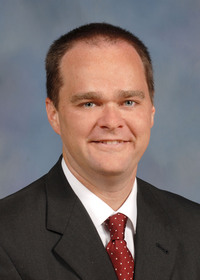Information Possibly Outdated
The information presented on this page was originally released on August 28, 2015. It may not be outdated, but please search our site for more current information. If you plan to quote or reference this information in a publication, please check with the Extension specialist or author before proceeding.
MSU hosts campus multihazard training
STARKVILLE, Miss. -- Less than a week after Mississippi State University hosted multihazard emergency training for colleges and universities, the state’s land-grant school experienced a real-life crisis with someone posing a potential threat.
At 10:15 Thursday morning, MSU issued a “Maroon Alert” to warn students, staff and faculty to shelter in place because of a campus threat. By 10:30 a.m., the suspect was in custody.
Hurricane Katrina in 2005 taught Mississippi communities many lessons about preparedness, but the Virginia Tech shooting in 2007 revealed the need for college campuses to develop their own crisis plans.
Ryan Akers, assistant Extension professor in the MSU School of Human Sciences, organized a recent training sessions for institutions for higher learning in Mississippi.
“Interest in these classes increases whenever there is an incident on a campus somewhere in the country,” Akers said. “Just here in Mississippi, we have had tornadoes touch down and fires in residence halls in recent years. We cannot afford to become complacent.”
The MSU Extension Service spearheaded the Aug. 18-20 Multi-Hazard Emergency Management for Higher Education training for 40 participants from five Mississippi institutions. The material is designed around emergency management protocols and details the functions of an Emergency Operations Center during an incident. Federal Emergency Management Agency trainers taught the lessons.
“We want to help campuses become aware of the resources they have for responding to disasters and recognize other schools and agencies that can help them or be helped as needed,” Akers said.
Lynne Benyeda, a FEMA trainer from the National Emergency Training Center, said participants gain a clearer understanding of all the players and their roles in a disaster.
“These schools are not an island. We want them to network with others and identify resources that could be available during an incident,” she said. “This class should provide insight into the complexities of disaster response.”
Benyeda said the course helps school representatives assess risks on their campuses.
“By anticipating some of the incidents that could occur, schools can plan their responses and where to seek assistance,” she said. “Ultimately, this training can improve communication at a time when effective communication can make a huge difference in response results.”
Peter Ryan, MSU professor and associate provost in academic affairs, took part in the training sessions and learned the importance of preparing an institution before any disaster occurs.
“This training clarifies our roles in managing an incident,” he said. “We learned the details of setting up a command post and an Emergency Operations Center. Responders have different functions, such as safety, logistics, finance and public information. We need to respect each of those roles.”
Ryan said as a land-grant institution, MSU may have resources that other schools do not have.
“We are always ready and willing to help our sister institutions. This training was a good opportunity to meet staff from other schools across the state so when the time comes, we all know who we can turn to for assistance,” he said.






